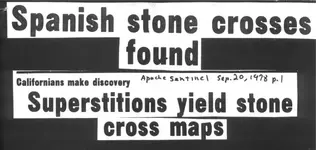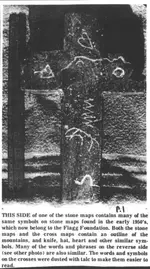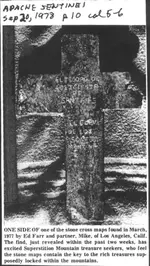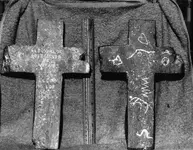Many years ago, had I seen one of those laying out in the desert, I would have assumed it was a modern coffee mug from some gift/souvenir shop.
Left behind by a camper or hiker or tossed with the trash . It wasn't till I started researching the pottery and pottery shards of Arizona's past inhabitants, that I realized the timelessness of some common forms of utility ware that we all have in our kitchen cupboards . These are good examples.
The large, "D" - shaped handles aren't unusual in their shape Hal, but the example on the right which is probably "Mesa Verde", has an architectural style to it that I also find interesting.....stepped walls, a rim reminiscent of the top of a kiva perhaps, masonry lines and a T-shaped doorway in the handle itself.....as with this example...
View attachment 1292784











 Without the mug being broken or actually shaken, I don't believe you can tell the difference between a regular mug and a rattle mug. As far as I know, the pattern on the mug is no indicator.
Without the mug being broken or actually shaken, I don't believe you can tell the difference between a regular mug and a rattle mug. As far as I know, the pattern on the mug is no indicator.